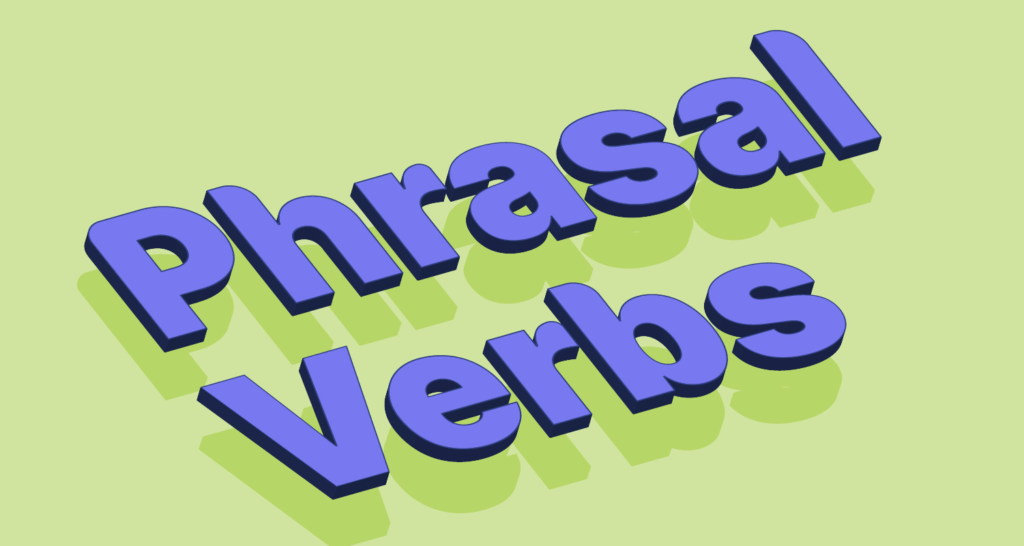
In the English language, there are different parts of a speech, but for this content, we will dwell on Phrasal verbs and how to master them. A quick thing to note is that a phrasal verb is not the same as a verb phrase. Phrasal verbs are complex and as such learners find it difficult to understand them. A phrasal verb consists of a group of words that can function as a verb in a sentence. These groups usually contains:
Verb+ Preposition. For example: look at, go with,
Note: Using the above construction is not a phrasal verb because they have the same meaning of the verb and the preposition but there are special combinations of verbs and prepositions that have different meanings.
For example: The lady looked after the child.
Now, look + after, if you see the literal meaning you will find it funny. You may ask yourself,’ look after whom or what? But this expression doesn’t mean to look after or before somebody. It means to take care of somebody.
There are different types of phrasal verbs.
- Transitive phrasal verbs: There is a Direct Object (noun or pronoun) after the verb. For example: The lady looked after the child.
Separable example: object can go between or after the phrasal verb.
Phrasal verb: Pick up
Object: My phone
Sentence object after: Can you pick up my phone?
Sentence object between: Can you pick my phone up?
Inseparable example: You cannot separate the phrasal verb and put the object in between. The object must come after the phrasal verb.
Phrasal verb: Look after
Object: the car
Correct sentence: I will look after the car.
Incorrect sentence: I will look the car after.
*Transitive phrasal verbs can be separable or inseparable.
*If a Transitive Phrasal verb is separable and the object is a pronoun, the pronoun must always be between the verb and preposition, not after!
Intransitive: Has no object
Example:
Phrasal verb: Get up
Sentence: I get up at 6:00 a.m.
This sentence has no object.
Conclusively, mastering phrasal verbs is tricky but if you are able to identify them through their formations and differentiate between their type, there you are!
For more such learning tips please subscribe to our newsletters below
If you have any comment do write at [email protected]
